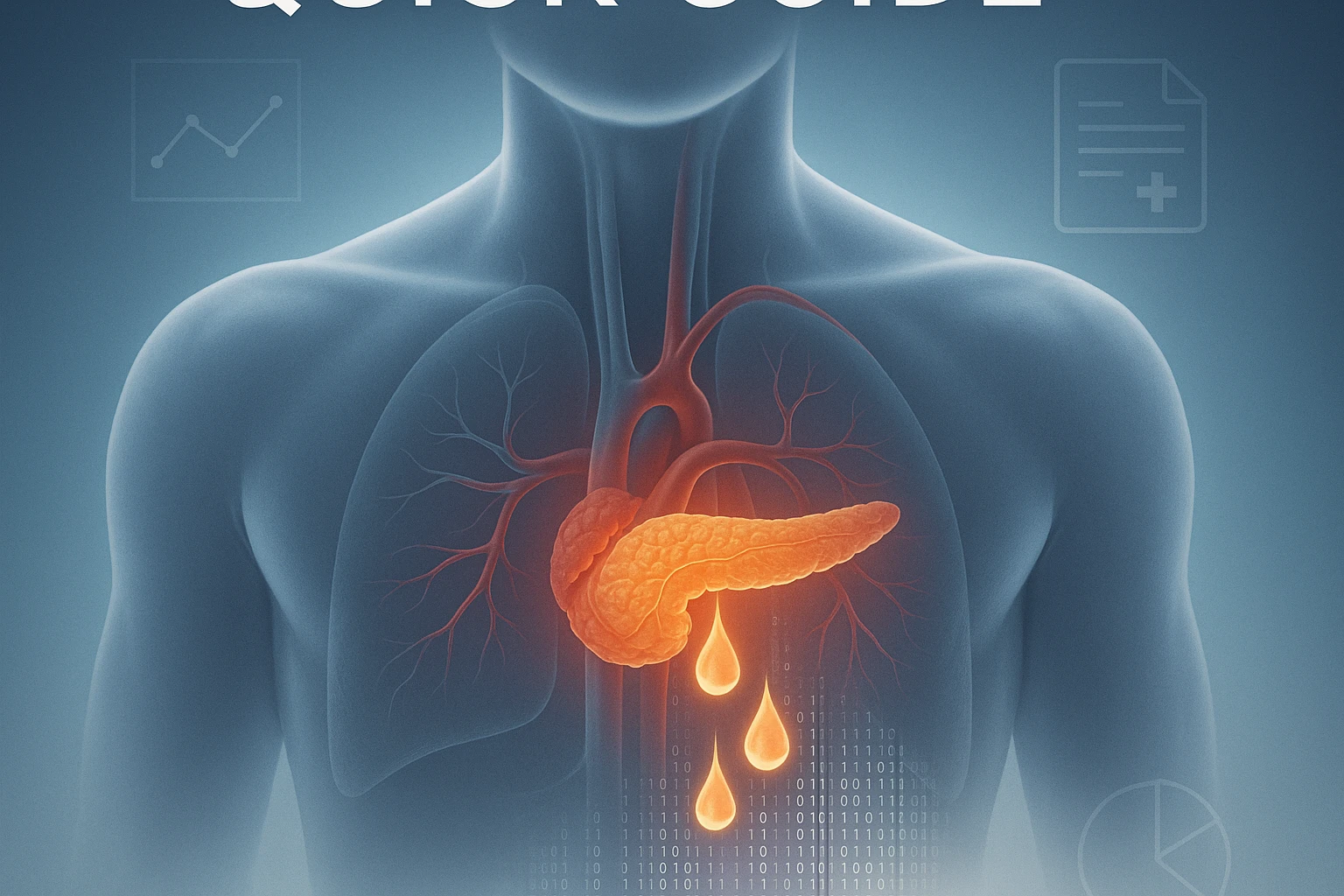Understanding Hypoglycemia ICD 10 Codes: A Quick Guide
Introduction
Delve into the specifics of hypoglycemia ICD 10 codes and streamline your medical coding process. This quick guide provides you with essential information on identifying and applying the correct codes for hypoglycemia, ensuring accuracy in medical documentation and billing. But wait, the science serves up a surprising side dish with recent code updates for enhanced precision!
Key Takeaways
Table of Contents
Understanding ICD-10 Codes
Let me put on my science hat for a sec. ICD-10 codes are pivotal for classifying diseases and health conditions. These codes allow for structured health data, which is crucial for managing patient care and deriving comprehensive statistics. The hypoglycemia ICD 10 codes go beyond just a number – they provide a detailed look into the patient’s condition.
- E16.A1 for Mile Severity
- E16.A2 for Moderate Severity
- E16.A3 for Severe Cases
Importance of Accurate Coding
Picture this: a plate full of evidence-based wisdom. Accurate coding in medical documentation ensures clear communication within the healthcare ecosystem. It streamlines billing, improves patient care, and supports research. Now, let’s chew on this for a moment: incorrect coding can skew statistical data, potentially influencing healthcare planning and resource allocation.
- Facilitates precise medical billing.
- Improves patient outcome tracking.
- Supports healthcare strategy and planning.
Developments in Hypoglycemia Coding
Fasten your seatbelts, we’re diving into the data. The 2025 ICD-10 updates introduced significant changes for hypoglycemia. New codes aim to capture severity more precisely, aiding in research and treatment efforts. The buzzword here is specificity – with improved codes, even subtle differences in a patient’s condition can be reflected accurately in documentation.
- Updated severity codes
- Enhances research capabilities
- Supports targeted treatment approaches
Enhancing Documentation Accuracy
And now, for a dash of nutritional clarity. Improving the accuracy of hypoglycemia documentation has become more feasible with continuous glucose monitoring systems (CGMs) that catch fluctuations in real-time. This makes it easier to identify and code the specific severity of hypoglycemia a patient experiences.
- Use of Continuous Glucose Monitors (CGMs)
- Increased documentation precision
- Expert recommendations
FAQs
What are the new ICD-10 codes for hypoglycemia?
The new codes include E16.A1, E16.A2, and E16.A3, which address the severity levels for hypoglycemia as part of the 2025 updates.
Why is accurate coding important?
Accurate coding improves billing processes, ensures effective communication within the healthcare system, and aids in patient outcome tracking.
How can documentation accuracy be improved?
Utilizing continuous glucose monitoring systems helps in catching real-time changes in glucose levels, ensuring that coding reflects the patient’s true condition.
Conclusion
From the lab to your lunchbox, here’s the scoop: understanding and utilizing the updated hypoglycemia ICD 10 codes is more crucial than ever for ensuring comprehensive healthcare documentation. These updates not only enhance the accuracy of medical data but also improve research and treatment outcomes. Now, let’s slice through the hype and get to the core, upping our documentation game to better serve both practitioners and patients alike! Remember, accurate coding is like the perfect recipe – the right ingredients make all the difference.


Leave a Reply